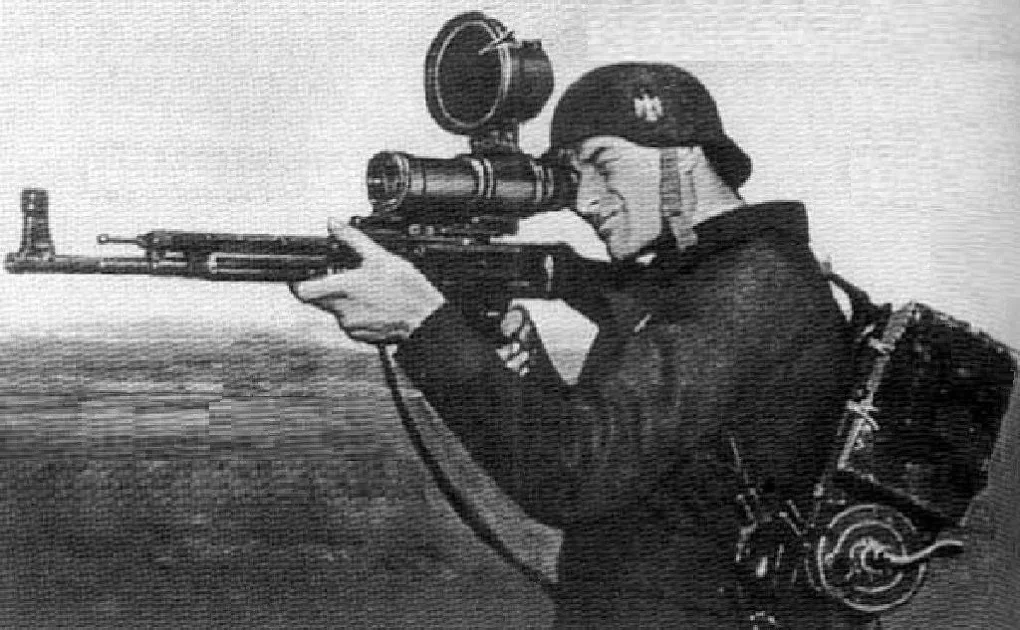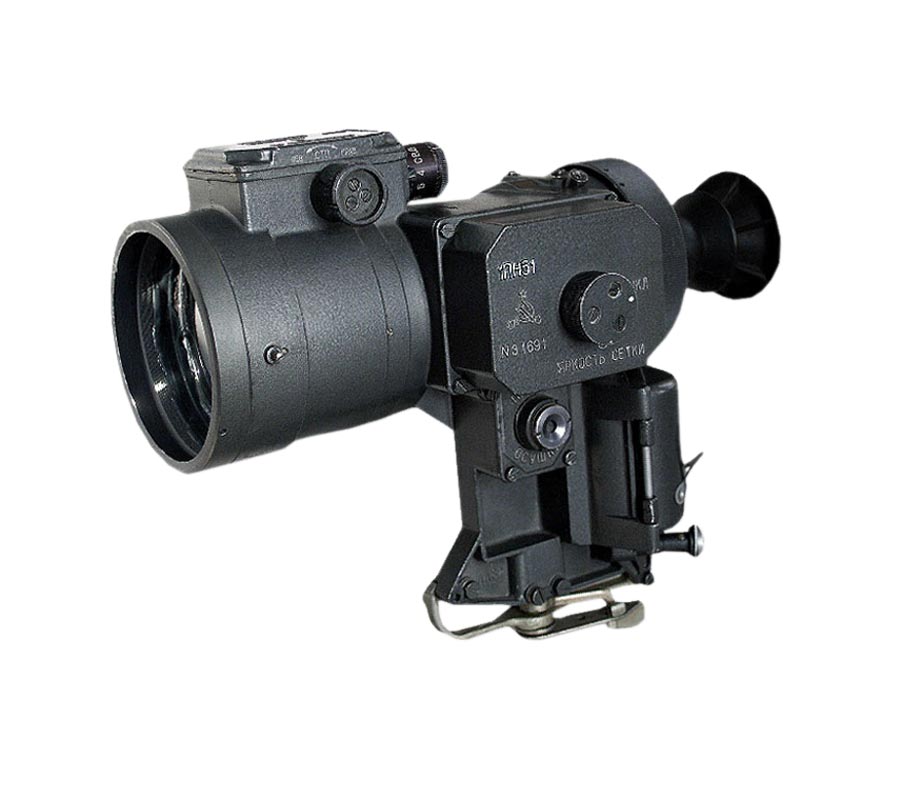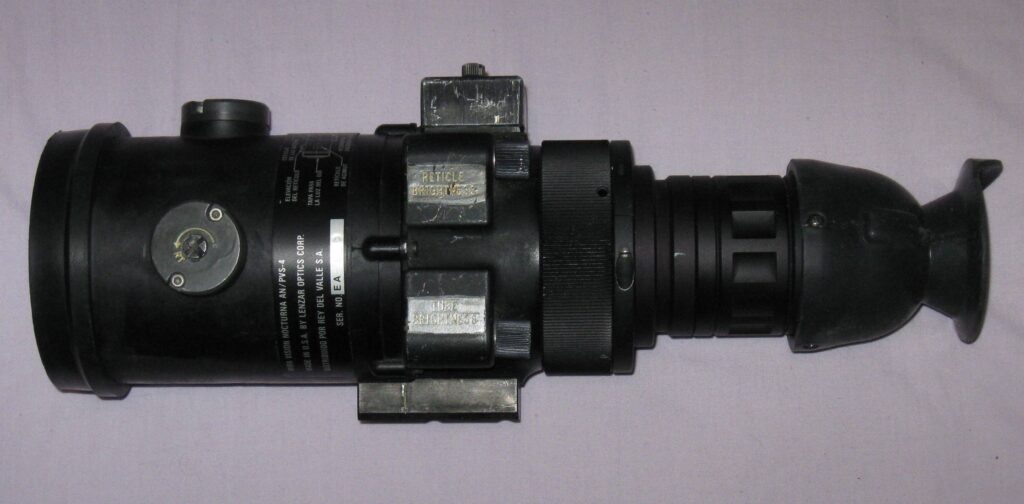The Evolution of Night Vision: From World War II to Cutting-Edge Technology
Night vision technology has come a long way since its early days during World War II. Today, it’s used by military personnel, law enforcement, hunters, and outdoor enthusiasts worldwide. Let’s take a journey through the history of night vision, exploring its origins, advancements, and modern applications. Buckle up; this is going to be an enlightening ride!

Early Beginnings: World War II
The story of night vision begins during the tumultuous years of World War II. Both the Germans and the Allies recognized the strategic advantage of being able to see in the dark. Early night vision devices, known as “Generation 0” technology, were developed in the late 1930s and early 1940s. These systems relied on active infrared (IR) technology, which involved projecting infrared light onto a target and using a receiver to detect the reflected light.
Germany’s First Attempts: The Germans were the first to field night vision devices. The “Vampir” was one such device, consisting of an IR spotlight and a large, cumbersome scope mounted on a rifle. Despite its bulkiness, it provided German snipers with a significant advantage during night operations.
Allied Innovations: The Allies, particularly the U.S. and Britain, were not far behind. They developed their own versions of active IR night vision systems, which were primarily used in tanks and other vehicles. These early devices were far from perfect but marked a crucial step in the development of night vision technology.

The Cold War and Generation 1 Technology
Following World War II, the Cold War spurred further advancements in night vision technology. The need for enhanced surveillance and reconnaissance capabilities led to the development of the first passive night vision devices, known as “Generation 1” technology.
Passive Night Vision: Unlike active IR systems, passive night vision devices relied on ambient light sources, such as moonlight and starlight, to function. They used an image intensifier tube to amplify available light, allowing users to see in low-light conditions without the need for an IR illuminator. This innovation significantly improved the effectiveness and practicality of night vision devices.
Military Adoption: Generation 1 night vision devices were widely adopted by military forces around the world. The U.S. military, in particular, integrated these devices into their equipment, providing soldiers with enhanced nighttime capabilities. The Vietnam War saw extensive use of Generation 1 night vision goggles, scopes, and binoculars, giving U.S. forces a significant advantage in nighttime operations.

Advancements in Generation 2 and 3 Technologies
The 1970s and 1980s witnessed significant improvements in night vision technology, leading to the development of “Generation 2” and “Generation 3” devices.
Generation 2: Generation 2 night vision devices featured improved image intensifier tubes with microchannel plate technology. This advancement resulted in better image resolution, increased sensitivity to low light, and reduced blooming (the bright halo effect around light sources). The improved performance of Generation 2 devices made them more versatile and reliable for a wide range of applications.
Generation 3: Generation 3 night vision technology, introduced in the late 1980s, marked a significant leap forward. These devices used a gallium arsenide (GaAs) photocathode, which provided superior performance in low-light conditions. Generation 3 devices also featured autogating technology, which automatically adjusted the device’s sensitivity to changing light conditions, preventing damage from bright light sources. The U.S. military adopted Generation 3 devices for use in various operations, further solidifying their reputation as a game-changing technology.
Modern Developments: White Phosphor and Digital Night Vision
In recent years, night vision technology has continued to evolve, with new advancements improving both performance and user experience.
White Phosphor Technology: Traditional night vision devices use green phosphor to produce images, resulting in the familiar green-tinted view. However, white phosphor technology has emerged as a popular alternative. White phosphor night vision devices produce black-and-white images, offering better contrast and detail. This improvement makes it easier for users to identify objects and targets, reducing eye strain and enhancing overall situational awareness.
Digital Night Vision: Digital night vision devices have also gained popularity in recent years. These devices use digital sensors and displays to provide night vision capabilities, offering several advantages over traditional analog systems. Digital night vision devices can record and transmit video, provide color imaging, and offer customizable settings. While they may not match the low-light performance of high-end analog devices, they are more affordable and versatile, making them an attractive option for many users.
Applications Beyond the Military
While night vision technology was initially developed for military use, its applications have expanded to various fields, including law enforcement, hunting, and outdoor recreation.
Law Enforcement: Police and security agencies use night vision devices for surveillance, search and rescue operations, and tactical missions. Night vision technology enables law enforcement officers to maintain situational awareness and perform their duties effectively in low-light conditions.
Hunting and Outdoor Recreation: Hunters and outdoor enthusiasts have also embraced night vision technology. Night vision goggles, scopes, and binoculars allow hunters to track and identify game animals during nighttime hunts. Outdoor enthusiasts use night vision devices for navigation, wildlife observation, and camping, enhancing their overall experience.
The Future of Night Vision
As technology continues to advance, the future of night vision looks promising. Ongoing research and development efforts aim to improve image quality, reduce device weight, and increase battery life. Emerging technologies, such as thermal imaging and augmented reality, are also being integrated with night vision systems, offering new capabilities and applications.
Thermal Imaging: Thermal imaging devices detect heat signatures, providing a different way to see in the dark. While traditional night vision relies on amplifying light, thermal imaging detects infrared radiation emitted by objects. This technology can be used in conjunction with night vision to provide a comprehensive view of the environment, making it easier to detect hidden threats and targets.
Augmented Reality: Augmented reality (AR) technology is being integrated with night vision devices to provide users with additional information and situational awareness. AR can overlay maps, navigation data, and target information onto the night vision display, enhancing the user’s ability to make informed decisions in real-time.
Conclusion
The history of night vision technology is a testament to human ingenuity and the relentless pursuit of innovation. From the early days of World War II to the cutting-edge devices of today, night vision has revolutionized the way we see and operate in the dark. Whether for military, law enforcement, hunting, or outdoor recreation, night vision technology continues to play a vital role in enhancing our capabilities and ensuring our safety in low-light environments.
As we look to the future, one thing is clear: night vision technology will continue to evolve, offering even greater performance and new possibilities for users around the world. So, the next time you find yourself out in the dark, remember the incredible journey that night vision has taken to bring you the power to see in the night.
